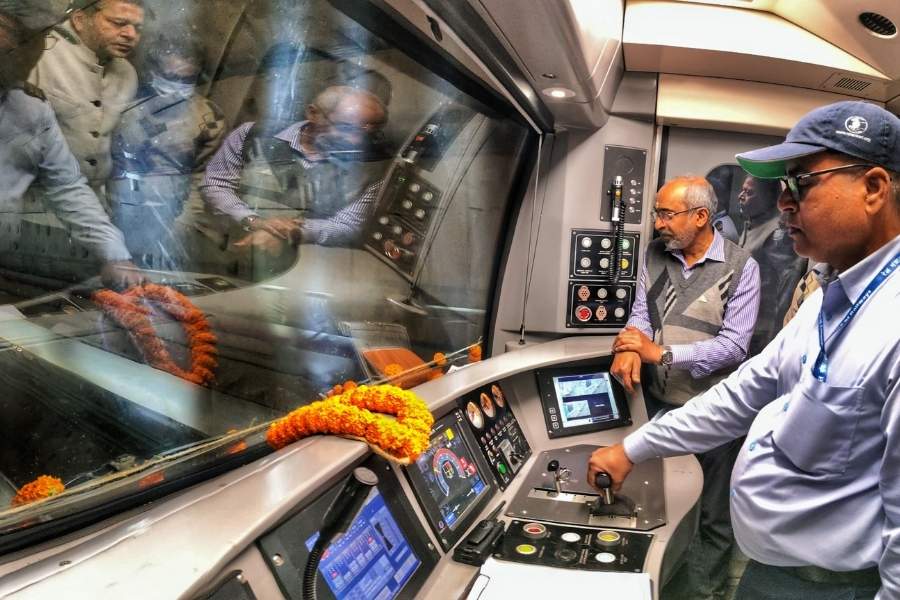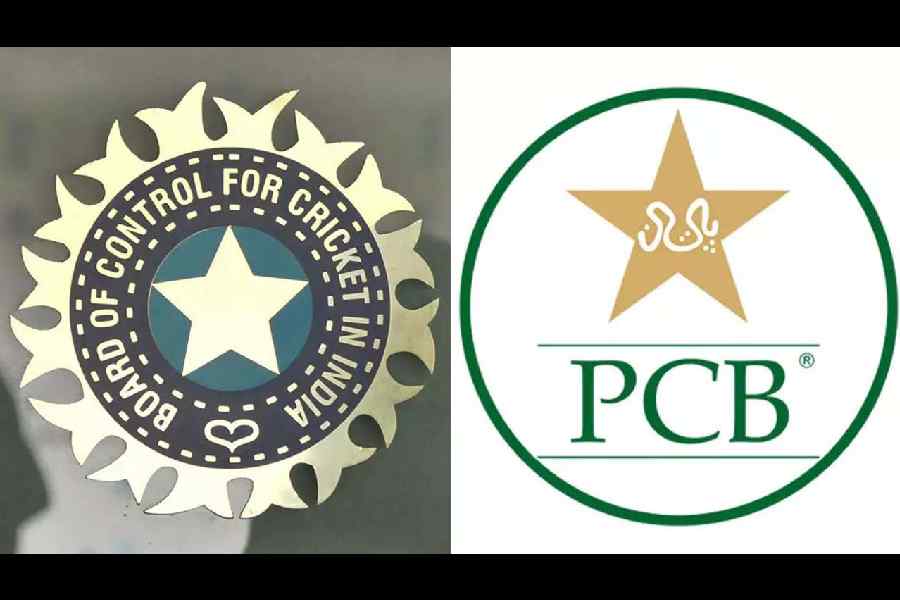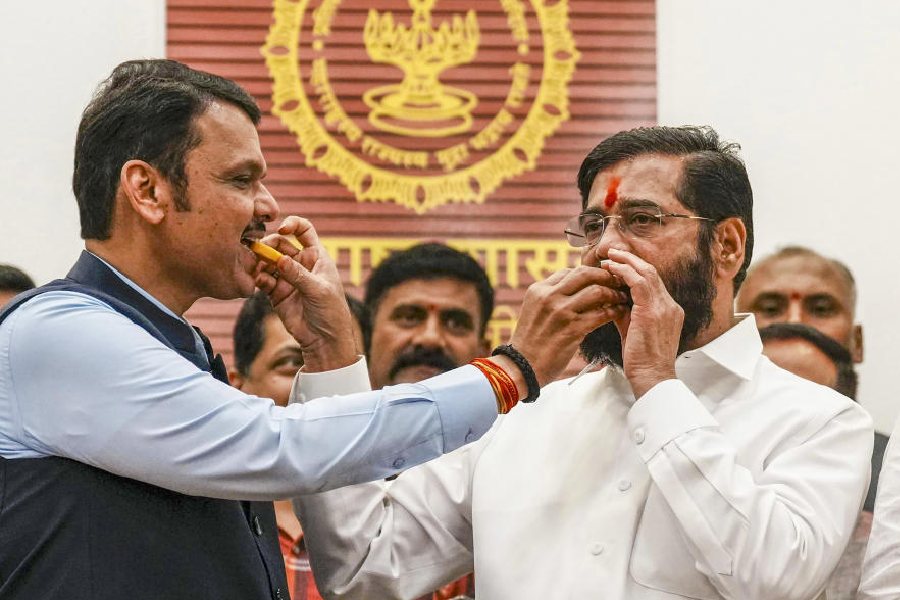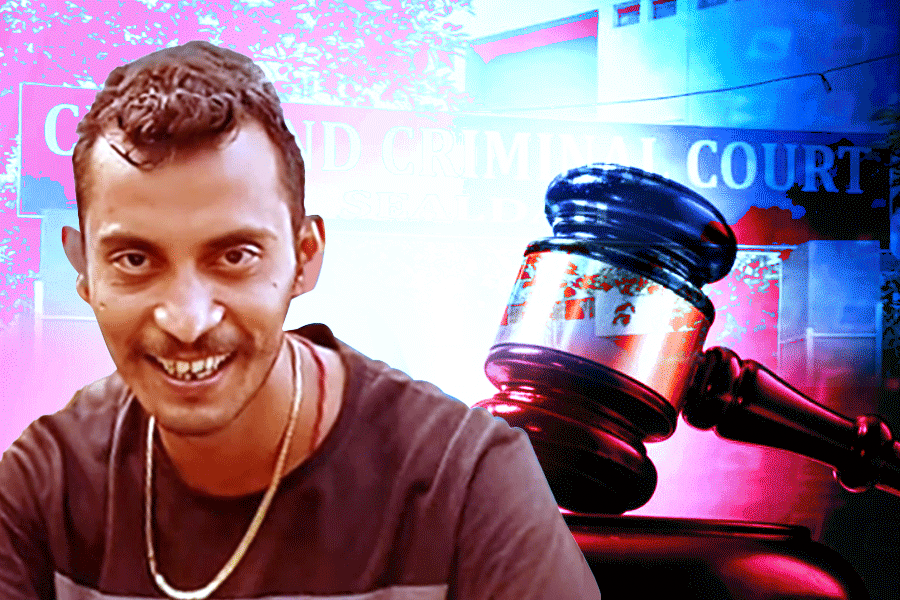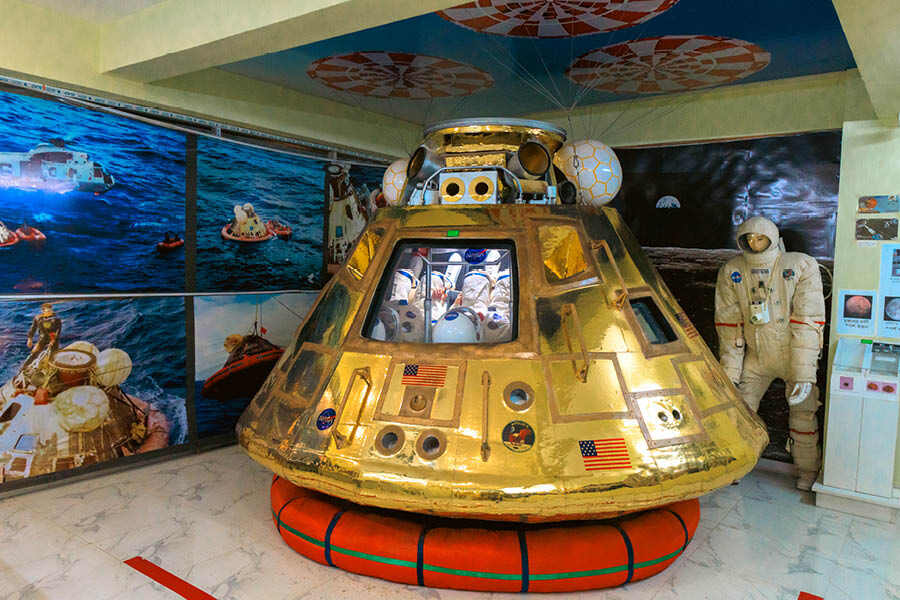
This scale model of the Apollo 11 spacecraft is just one of the several pieces of brilliance on display at the Museum of Astronomy and Space Science which is a part of the Indian Centre for Space Physics located at Mukundapur. With a standard ticket for Rs 100, you will be in for a treat of knowledge and exposed to a plethora of information related to space science, physics, astronomy and aviation. The museum remains closed on Wednesdays and is functional on all days from 9am to 6pm
All photographs by Krishnungshu Gangopadhyay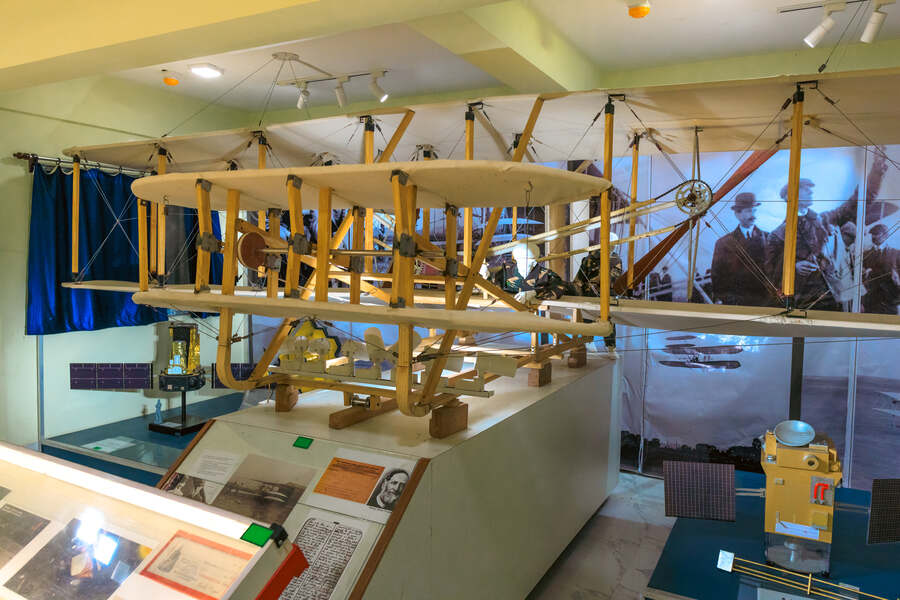
Upon entering, the first exhibit that will catch your eyes is the Wright Flyer, a replica of the first flight flown by the Wright brothers that pioneered the beginning of the aviation era. The first exhibit features several sub-sections that are dedicated to the history of space science including autographs of known astronauts like Sunita Williams, JM Gurnsfeld, Kalpana Chawla and Rakesh Sharma among several other notable figures. Along with these autographed pictures, you will also find items that have returned from space shuttles, including restraint straps that were used by astronauts in space while sleeping
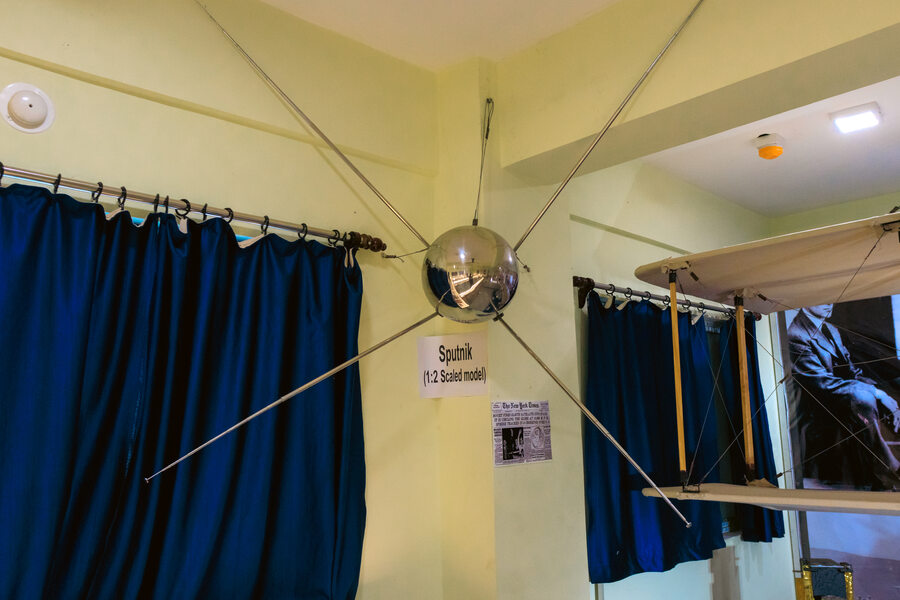
A 1:2 scale model of the Sputnik is another interesting feature in the exhibit that is sure to catch your intrigue. With displays dedicated to various Soviet space missions as well as space missions conducted by Nasa, the information you pick up in this exhibit will give you an in-depth understanding of the space race between the USSR and USA in the backdrop of the Cold War. Pictures of early study of hot air and gas-filled balloons will help you understand how the sciences behind aviation to its first steps before rocketing into space
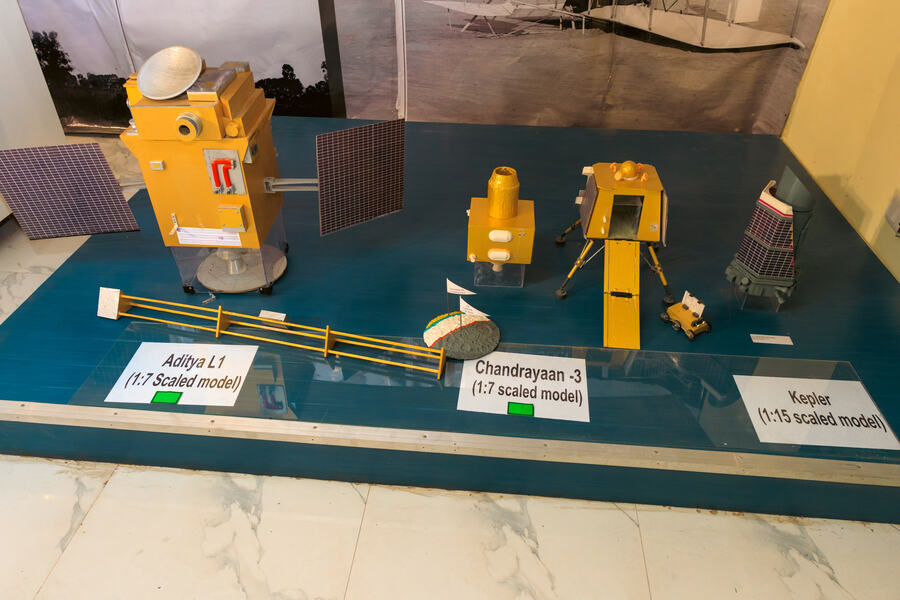
A model of Chandrayaan-3, another one of Aditya L1 and a scale model of the Kepler space telescope in this section are some of the other eye-catchers while you wouldn’t want to miss out on the collages on space shuttles, and space exploration missions. Another section dedicated to Wernher von Braun, the German-American aerospace engineer and space architect who is known as the ‘Father of modern rockets’ will also be something you would want to look at to understand his contributions that make him a revered name in the aerospace sector even today
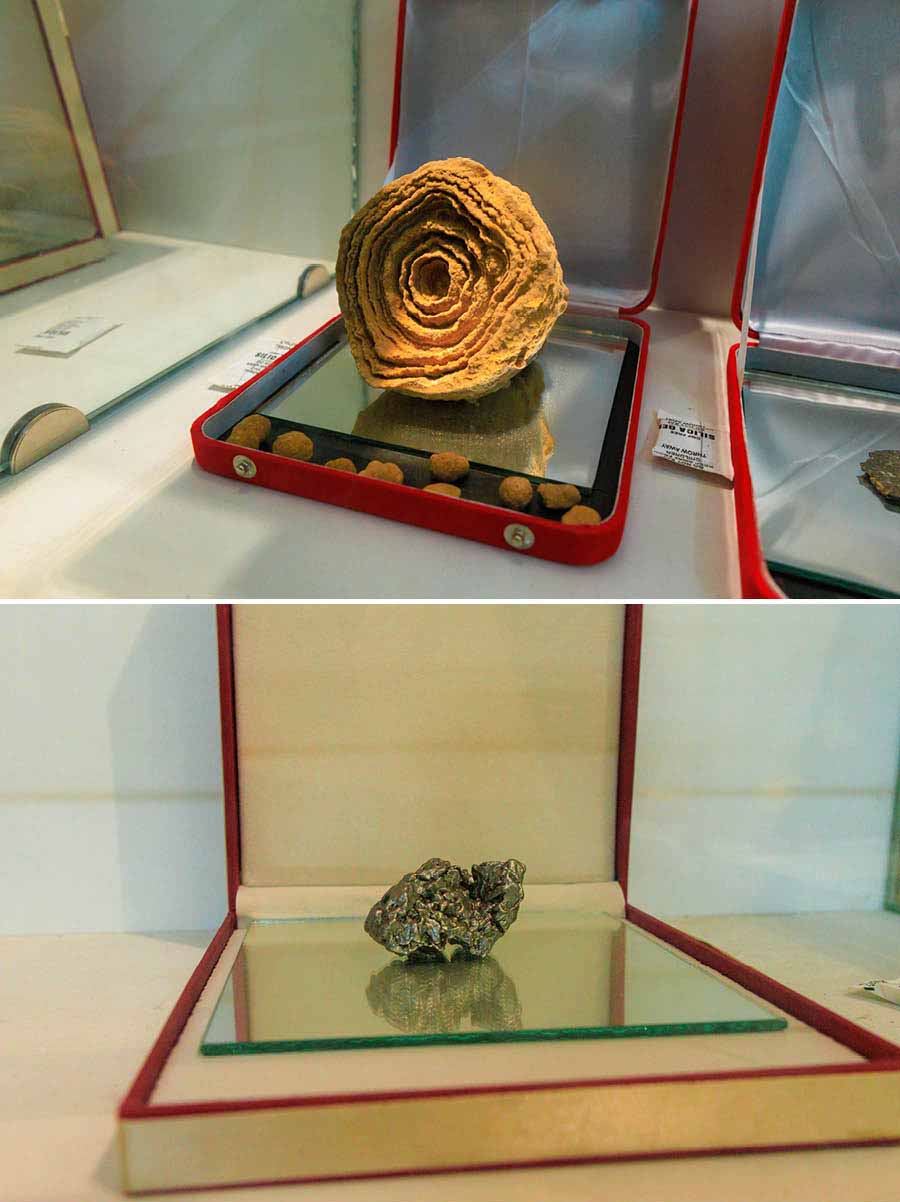
A piece of the 3.7 billion-year-old stromatolite from Morocco (top) and a piece of the Campo del cielo Meteorite (above) aged 4.5 billion years are just two of the space rocks in an exhibit that houses quite a few intriguing stones from space. The exhibit rightly called ‘Visitors from Space’ will make you question all your theories about our planet’s age when you see how old these rocks exactly are. Along with these rocks, another notable one is the 1.9 billion-year-old fossil of cyanobacteria
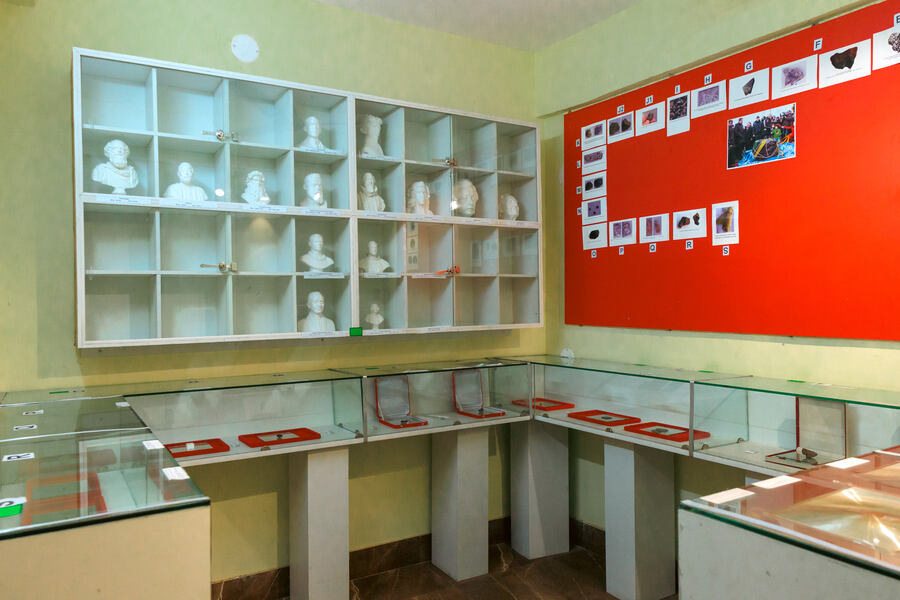
Busts of Archimedes, Ptolemy, Galileo, Leonardo da Vinci, Orville Wright, Nikola Tesla, Isaac Newton and Albert Einstein decorate the room further, paying tribute to some of the most prominent names in the fields of astronomy and physics. When you exit this room do not forget to look through the microscope kept in a glass casing that will give you a view into the composition of a micro meteorite. In this same passage, there is a wall with information about the Calcutta Black Hole incident which is sure to catch you questioning the things you know even further
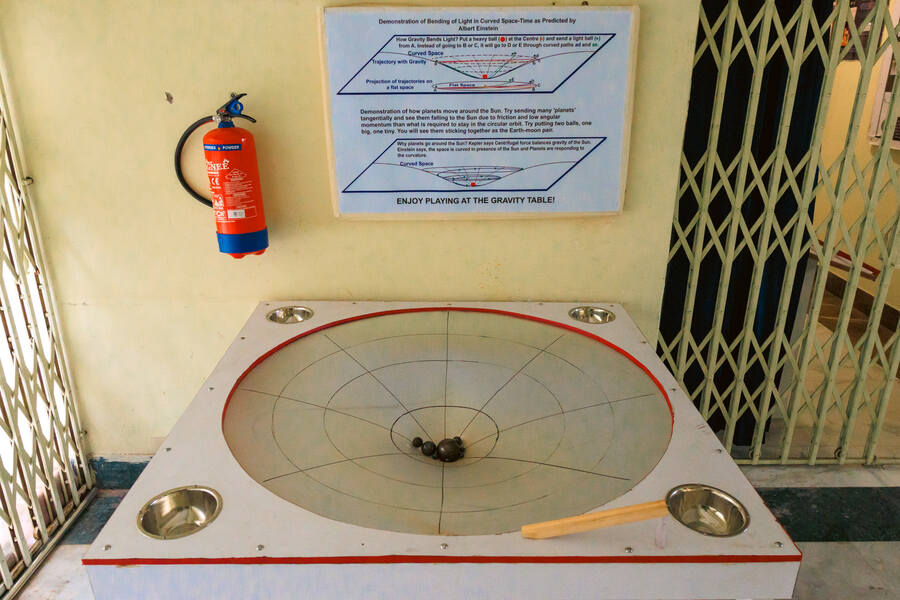
The gravity table is a sure hit among children as metal balls of various weights and sizes allow one to gain a practical understanding of how gravity works and how the centre of gravity is created. Besides this, a large pendulum is in place which one can observe to understand the earth’s rotation over 24 hours. The pendulum is massive and takes a long time to complete a full circle but it gives one proof that the earth is round and how it rotates around its axis
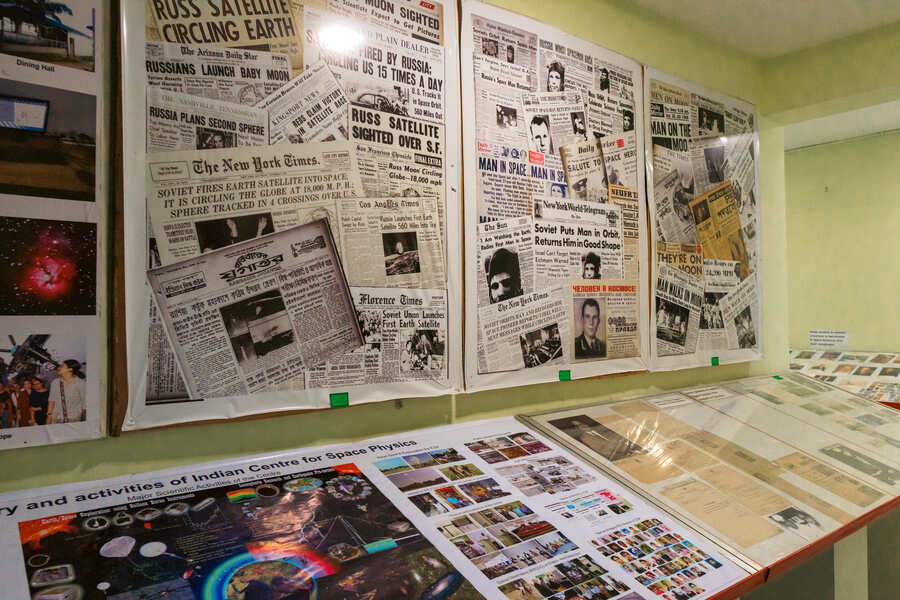
When you walk through the east wing of the museum, you will find a collage of various headlines with reading material on various space exploration missions. The east wing is packed with information with a literature room that includes Albert Einstein’s Miraculous Year while other exhibits in this east wing depict the solar system, headlines related to Indian Astronomy and collages depicting the formation of stars. You will be able to learn about significant space physics developments as well as the evolutions of Earth’s atmosphere on a walk through the east wing
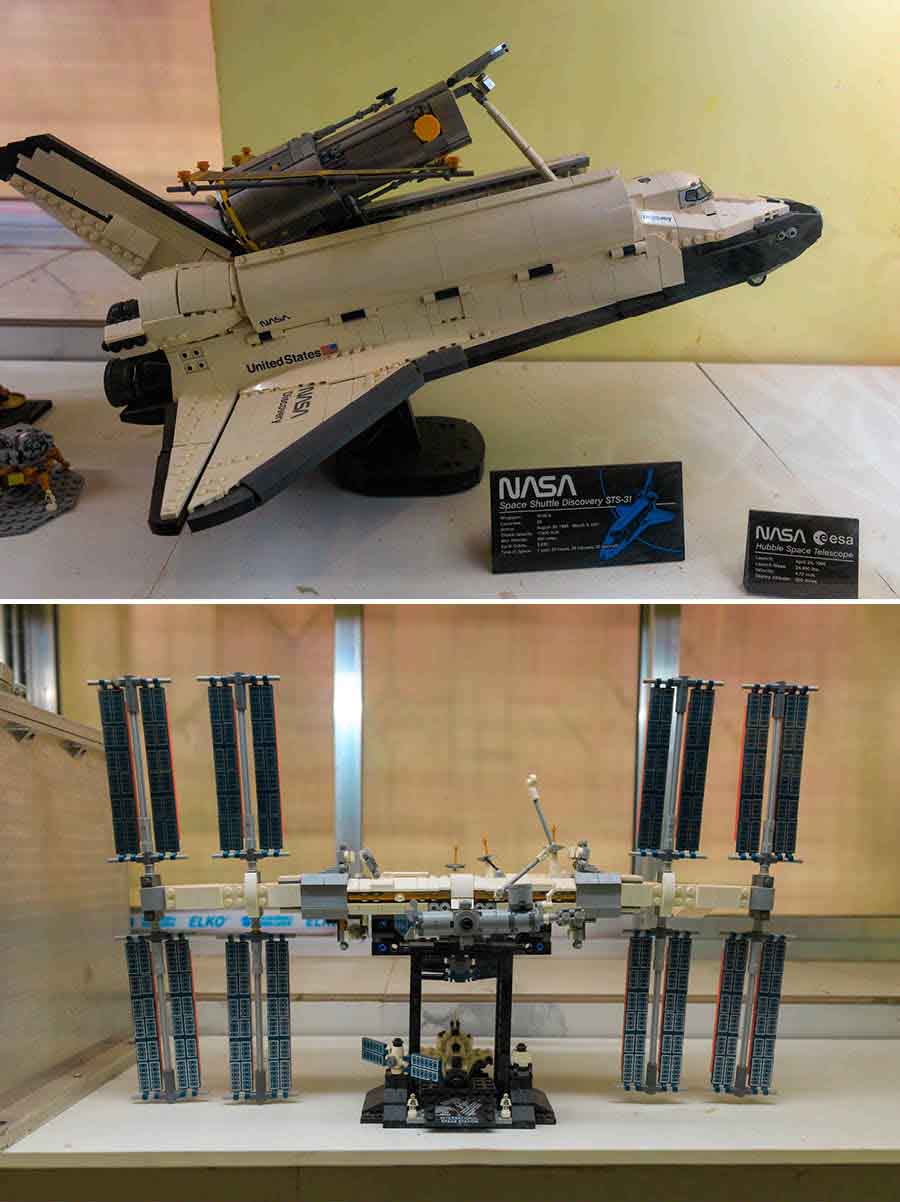
In one of the rooms in this wing, one can see the model of NASA’s Hubble Space Telescope as well as a model of the International Space station. The room also features the evolution in technology that shows how the engineering behind hot air balloons evolved allowing for breakthroughs in aviation that in turn helped with the start of space exploration. Information on various planets and their atmosphere is also something that you can spend time reading up on when you walk through the various sub-sections of the east wing
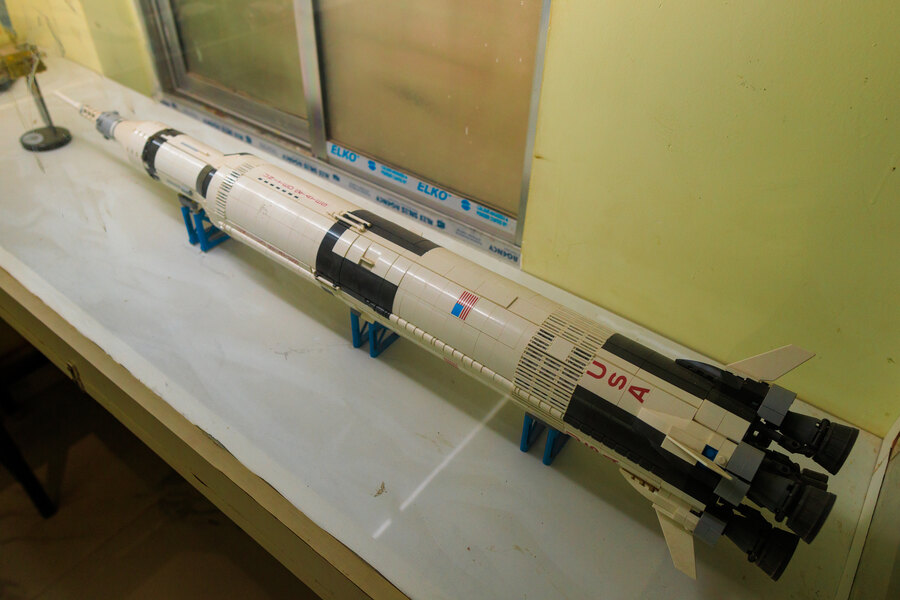
This model of the Saturn V rocket is one of the larger scale models but nothing compared to the room dedicated to Apollo 11. With a mini display of Neil Armstrong’s footprint on the moon, the Apollo 11 room is where you will end up spending a lot of time when you visit the Museum of Astronomy and Space Science. A strand of Armstrong’s hair as well as some moon dust in the Apollo 11 exhibit will also provide further intrigue about the first man on the moon and the Apollo 11 missions success
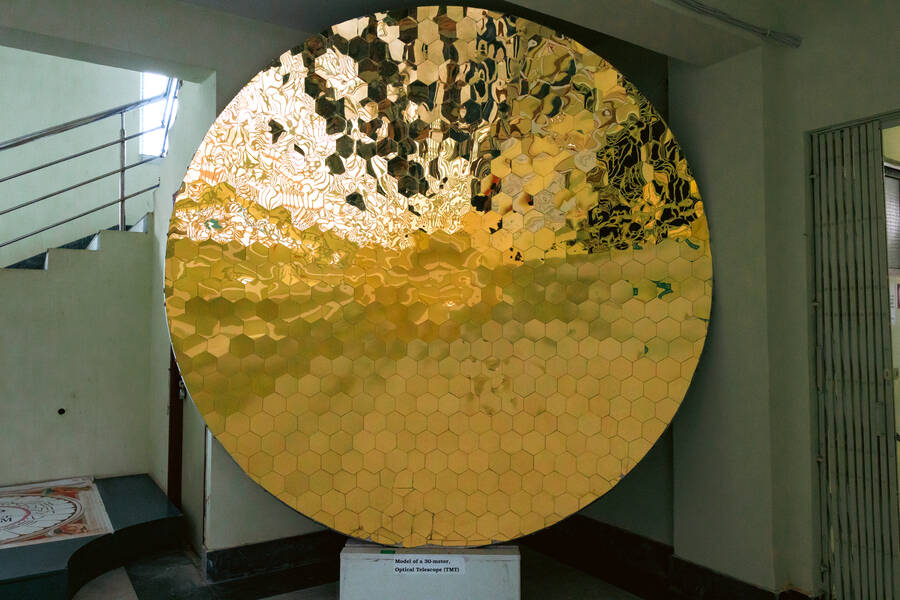
A 30-metre model of the optical telescope is also something that is sure to catch your eyes while walking through the length and breath of the museum. A 3-D show is included in the 100-rupee ticket that gives one a 3-D show filled with lovely sights from space and the international space station. The 11-minute-long show ends with a show of the Indian Centre for Space Physics doing a scientific balloon launch to study the sun and other compact strong sources in X-ray. The museum is curated by Sandip K Chakrabarti, a professor who founded the Indian Centre for Space Physics and is also its director
